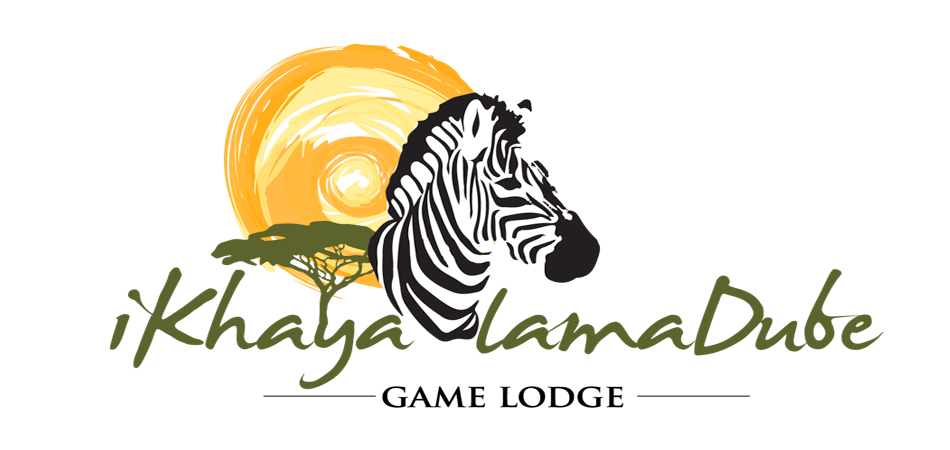While you eagerly wait for your next safari getaway, there’s no harm in brushing up on your photography skills to make sure that all the memories you make and sights you see are captured flawlessly!
Whether you’re a seasoned wildlife photographer or an amateur beginner here are a few things to take note of when venturing out on a self-drive safari experience:
Time of Day
As the saying goes, ‘the early bird catches the worm’. Getting up early and being the first one to head off on a safari game drive is the best way to experience all that nature (and our wildlife) have to offer. Most animals are more active at dawn and dusk so this generally increases the likelihood of you spotting some great animal sightings and getting that perfect photo opportunity.
Camera Settings
The light will change throughout the day, especially if you’re up and about, shooting from early in the morning. Try and keep aware of the time of day and adjust your camera settings to fit the light conditions. We suggest doing a few ‘lighting tests’ at various intervals, in between animal sightings – this way you’re always prepared!
Be Quick
There’s nothing more disheartening than witnessing a moment and thinking you’ve captured it only to look at the back LCD panel of the camera to find out you’ve missed the action entirely.
Whether you’re shooting birds or predators, setting your camera to a quick-frame rate will give you the highest chance of freezing the movement – ensuring that you get the perfect action shot.
Gear Talk
Now, let’s talk gears. Whether you are working with a DSLR or a cropped sensor, your lens is going to determine whether or not you get that perfect shot.
Unfortunately, animals aren’t going to climb out of the bushes in order for you to get that Getaway Magazine submission-worthy image – they’re a shy bunch (although if that does happen please share it with us by tagging us on Instagram!) This is where your zoom or telephoto lenses are going to be your best friends!
Don’t worry if you don’t own a telephoto lens or aren’t a technical expert. Renting a lens for the weekend is always an option. Your local camera shop will be able to assist you in finding the correct lens to compliment your camera.
Stability
The long telephoto lenses can often put pressure on the body of your camera, so it is important to give the lens some support in order to protect your camera. The added stability will also help with image sharpness.
Here’s a helpful tip: While you’ve got your window open, lean into a corner of the window; using your elbow to prop you up. Alternatively, you could position your lens on the car’s side mirror, or edge of the door and click away. Please read the link below: https://www.outdoorphoto.co.za/blog/using-bean-bag-for-wildlife-photography/
For International visitors: Empty your bean bag prior flight/travel. When reaching your destination you can fill it with rice. When leaving South Africa, you can donate the rice to the local community and fold up bean bag for the trip home!
In all the excitement it can be easy to overlook or forget items. Before venturing out, double-check that you have a charged battery in the camera and an empty memory card ready. Once you’ve got your photography equipment ready the only thing left to do is have fun! While it is important to capture these incredible sightings, don’t forget to also live in the moment.
Knowledge is power
While you anxiously wait to get behind the camera and back into nature, there is absolutely no harm in upskilling yourself and taking a few online courses to better improve your photography skills, knowledge of the equipment and even learning more about the animals you intend to shoot!
A quick Google search will yield some fantastic results on where you can do credible courses which will put you ahead for your next venture into the wilderness!
P.S. When you’re entering the Reserve please be mindful that you’re entering the homes of our animals. Continue to abide by the basic game drive etiquettes at all times when trying to get your perfect shot.
Care to share any of your best safari and wildlife photography tips? Pop us a comment below!

